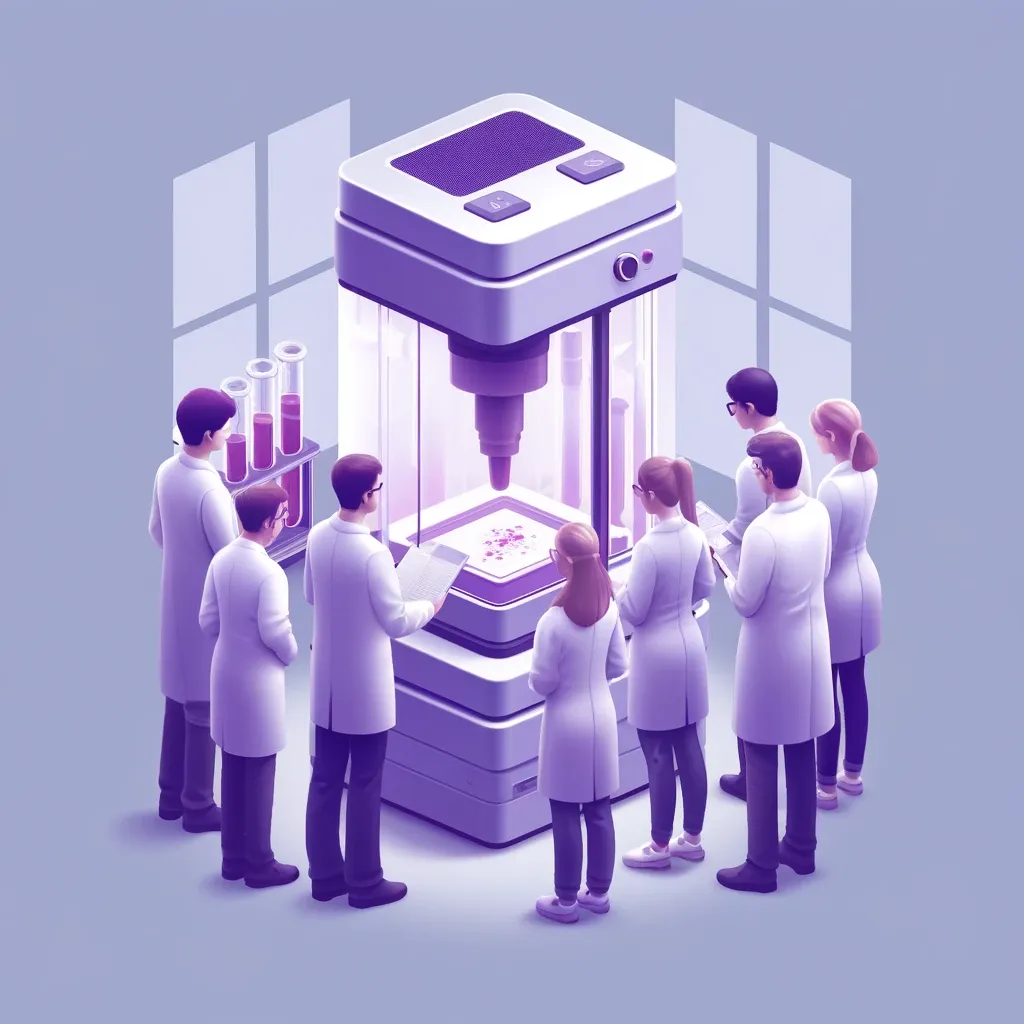Three Signs It’s Time to Take a Data-Driven Approach to Lab Asset Management

Instruments such as mass spectrometers and flow cytometers form the backbone of every scientific lab. However, despite how important these assets are to every experiment and discovery, scientific instruments also pose challenges. They stop working for mysterious reasons, are slow to operate, and are often opaque. Labs don’t really understand how much they’re used or why certain problems occur.
We encounter many biotech and pharma organizations trying to answer important questions about their lab’s instruments, such as:
- What state are my instruments in at any given time? Are they online and ready to run, in maintenance, offline for network connectivity reasons, etc.?
- How much value am I getting from my instruments? Where are the bottlenecks in my lab? Do I really need to buy another new instrument?
- How efficient are my instruments in terms of usage or analysis quality?
- Why do certain instruments keep breaking down or having errors?
All of these questions can be addressed with lab asset management practices driven by data.
Today, most instruments generate some form of digital information. Whether a scientist is porting results by hand via a USB key or sophisticated agents feed data right from a given instrument into the cloud, many questions about lab asset utilization can be answered by properly tracking, organizing, and analyzing instrument data.
So how do labs know when it's time to bring in a data-centered approach to lab asset management?
Let’s explore three strong indicators that mean it’s time to bring more data and analytics into the picture.
1. It’s Not Clear How Much—or How Well—Instruments Get Used
When it comes to understanding how lab assets are performing, turnaround time (TAT) and throughput are two of the most useful metrics.
They measure, respectively:
- How long it takes to run, review, and deliver the results of an assay after it was requested or planned, and
- How much usage—AKA bandwidth—the lab is getting out of a given machine in terms of sample throughput or assay run count in some time window
Do you know these statistics for all your assays or lab instruments?
When assays take too long due to data friction—like manually parsing and collating data—or instruments aren’t being used to their full potential—such as combining multiple experiments’ samples into one plate—labs can experience a slowdown. From running an experiment to putting data into scientists’ hands for analysis, assays struggling with TAT take longer.
Understanding slowdowns between instrument runs and results can highlight the second bulleted metric above: throughput. Sometimes there isn’t a slowdown in turnaround time due to errors, human intervention, or other solvable issues. Sometimes an instrument is in such high demand that it has maxed out its bandwidth. In these cases, measuring throughput can highlight bottlenecks and support better decision-making around instrument purchases.

2. Constant Errors Slow Things Down
Do you spend more time troubleshooting errors than running experiments? Or is your team altering its behavior to accommodate instruments? If so, a data-driven approach to lab asset management can help.
When labs experience technical problems that slow down or stop work, the errors usually fall into several common clusters. By tracking, understanding, and addressing the most common sources of trouble, labs can drastically reduce the impact of errors on day-to-day workflows.
Some of the common error categories we’ve seen include:
- The instrument’s software initialization fails (it may be time for a firmware upgrade!)
- In a liquid handler, steps are done in the wrong order or are blocked
- Network resets or software updates interrupt experiments (this often happens when buildings do a periodic network reset and instruments are running overnight)
- And so much more.
The impact of errors like these in workflows really can’t be understated. We’ve spoken with companies that can’t run experiments overnight due to instrument errors. Imagine how much capacity these organizations could open up, if they could troubleshoot those errors in advance.

3. CapEx and OpEx Are Not Differentiated
From highly-trained scientists to expensive, specialized equipment, running a lab is a costly endeavor. Operational leaders are constantly asked to justify their expenses. And no one likes to be surprised by an unexpected line item, especially if it’s something as pricey as a mass spectrometer, LCMS system, or sequencer.
That’s why it’s so important to have a clear understanding of capital expenses (capex) and operational expenses (opex).
Understanding many of the metrics above—like TAT and throughput—can provide lab leaders with a better way to factor lab assets into budgeting decisions. Some other key metrics to assist in capex and opex spending include:
- Consumables costs per run
- Total human/operator time spent per run
- Maintenance event frequency and predictive maintenance (which contributes to historical and forward-looking instrument uptime/availability)
With a clear sense of how instruments perform across the lab, leaders can prove ROI and ensure smooth operations across time.
Unlocking Lab Automation with Lab Asset Management
When lab assets don’t perform to their full potential, labs are leaving scientific discoveries on the table. After all, every time an error slows down an experiment, it takes too long to produce data, or there’s a bottleneck around a popular instrument, lab staff lose time.
By tracking and analyzing lab asset utilization, organizations can resolve many issues and plan better for the future. That planning is not limited to capex and opex, however: smarter lab asset management can also unlock technological advancements like automation. When labs have visibility into their assets, data pipelines, and workflows, it becomes much easier to identify opportunities for automation—and set those plans into motion.
So make sure your instruments are actually, well, instrumental to your science. Take the first steps today to track, analyze, and take action on your lab’s asset management.
Manage Your Scientific Data Smarter

